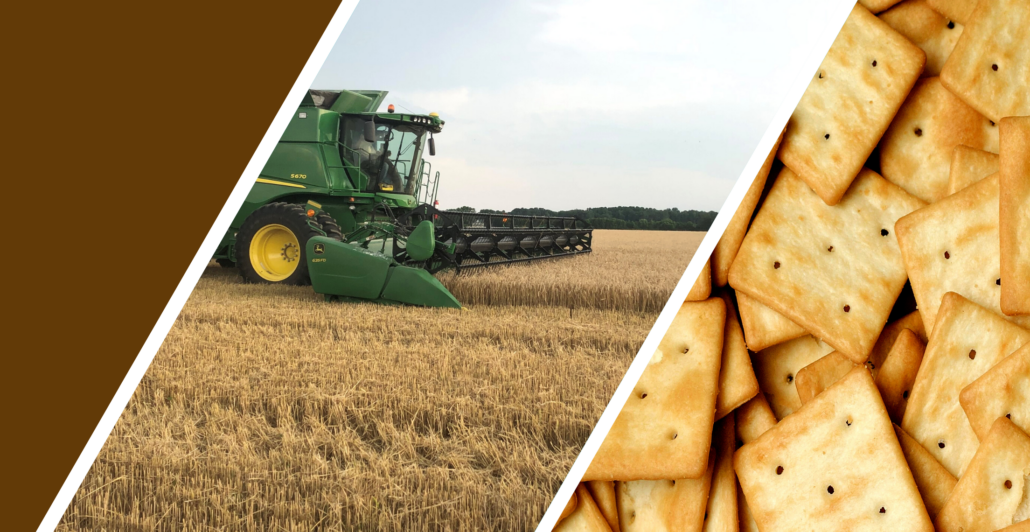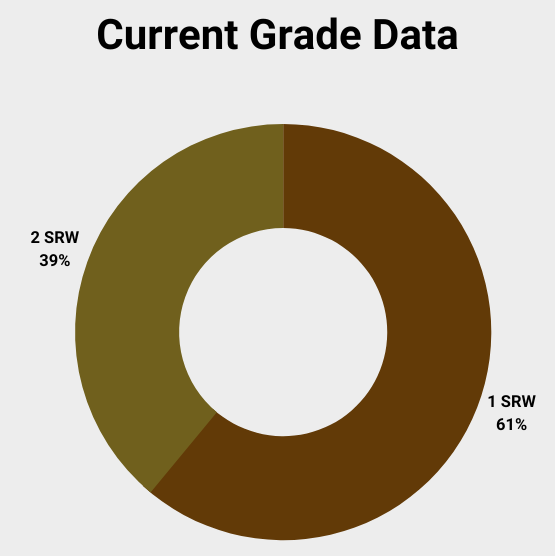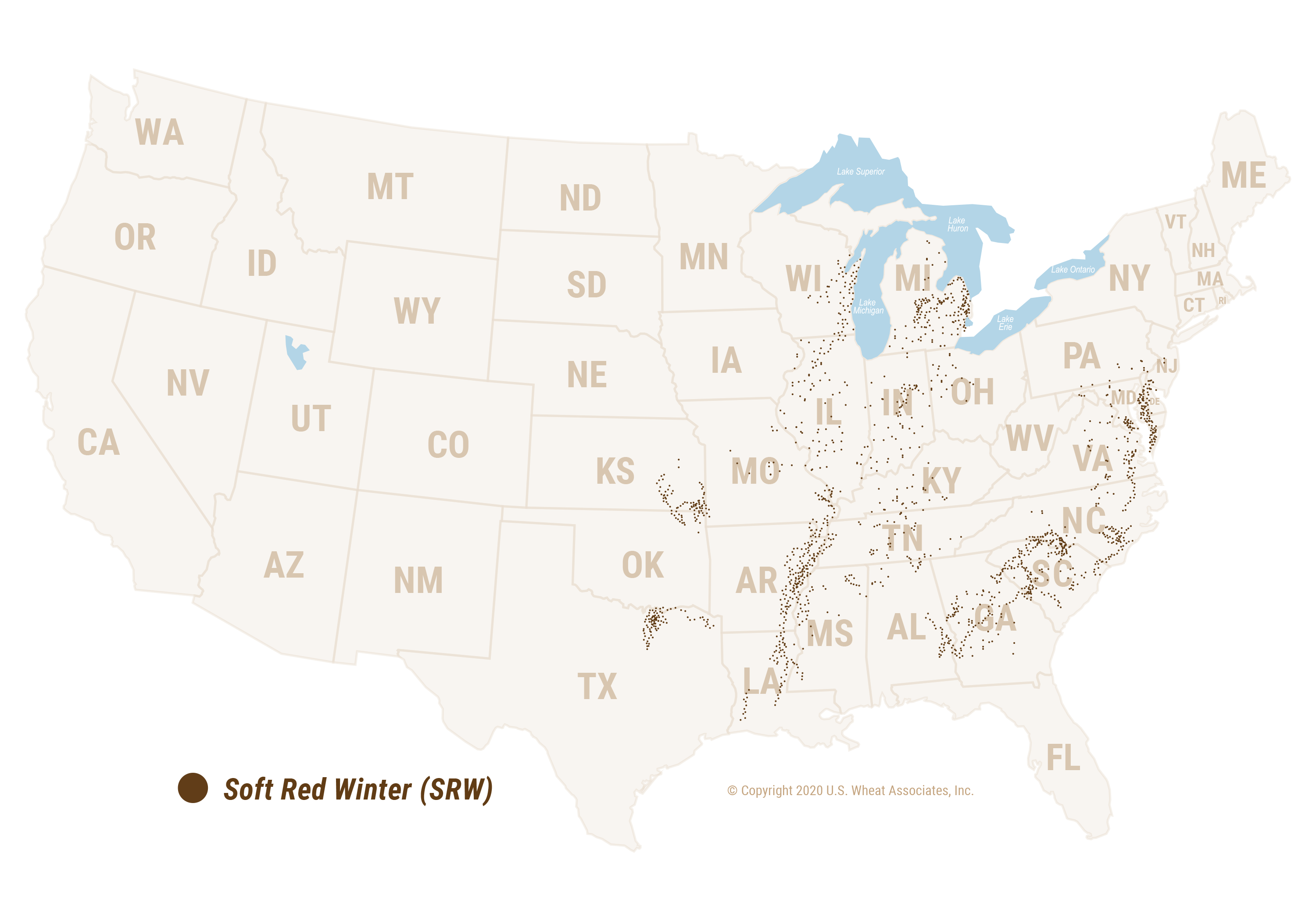U.S. soft red winter (SRW) wheat, commonly used for specialty products such as sponge cakes, cookies, crackers and other confectionary products, adds value to the miller and baker as a blending wheat. It is a high-yielding wheat with low protein of 8.5% to 10.5% (12% mb), soft endosperm, red bran, and weak gluten.
For the miller, SRW helps diversify the types of flour produced to improve the quality of many products. SRW blended with hard red spring (HRS) and hard red winter (HRW) wheat can lower grist cost and improve bread crumb texture or improve the quality and appearance of a wide variety of products.
For the baker, the lower moisture content of the flour produced with SRW creates an advantage by increasing the added water volume while optimizing water absorption and product quality to the consumer.
Please select your preferred language, report, and year, and click View Reports.
2023 U.S. Soft Red Winter Production
According to USDA’s Small Grains Annual Summary released September 29, 2023, production of the 2023 U.S. SRW crop is estimated to be 12.2 million metric tons (MMT), a 33% increase from last year’s 9.2 MMT and above the 5-year average of 9.0 MMT.
- 2023 (MMT)
- Total SRW production in states sampled
- East Coast-exportable subtotal
- Gulf-exportable subtotal
- Total U.S. SRW Production
- 2023 (MMT)
- 9.3
- 1.5
- 7.8
- 12.2
- 2022 (MMT)
- 6.6
- 1.3
- 5.3
- 9.2
- 5-Year Average (MMT)
- 6.6
- 1.2
- 5.4
- 9.0
*States sampled: Alabama, Arkansas, Illinois, Indiana, Kentucky, Maryland, Missouri, North Carolina, Ohio, Pennsylvania, Tennessee and Virginia. Numbers may not match exactly due to rounding.
2023 U.S. Soft Red Winter Crop Quality Data Highlights
The production region experienced generally good growing conditions in the 2023 crop year. The crop is very sound with high test weight and falling number values, large kernel size, good milling characteristics, and is relatively free of DON. Processors will find a versatile crop with good qualities for cookies, cakes and crackers. With higher protein and good extensibility, the crop should also be valuable in blending for baking applications. Buyers are encouraged to review their quality specifications to ensure that purchases meet their expectations.
Where is U.S. Soft Red Winter grown?
Grown in the eastern third of the United States, SRW is the third largest class of wheat grown in the United States. It can be shipped via Gulf, Atlantic (East Coast), and Great Lakes ports.




